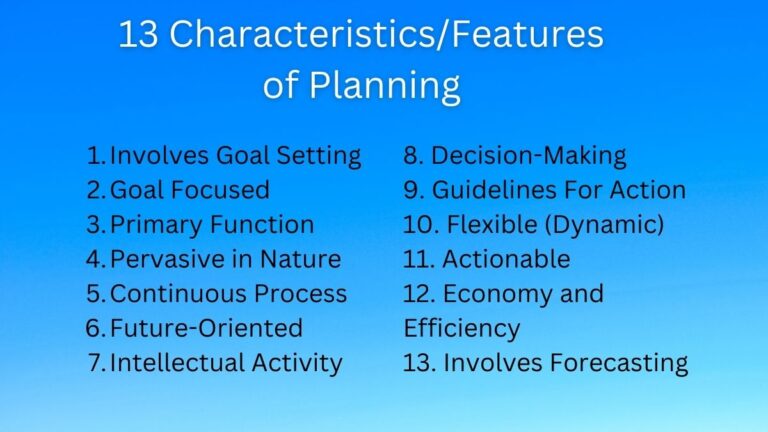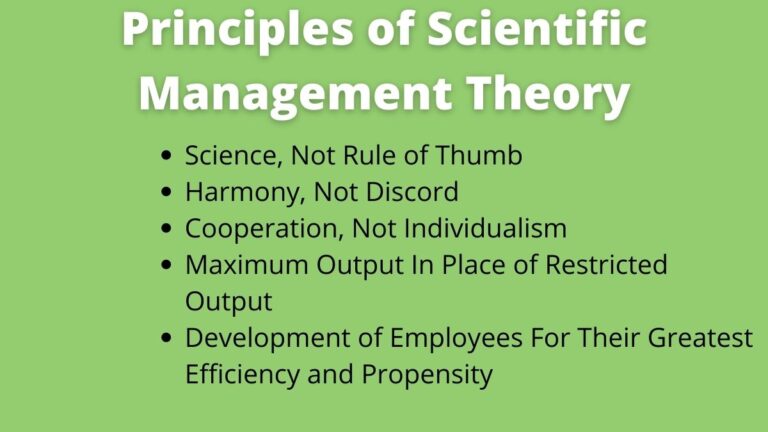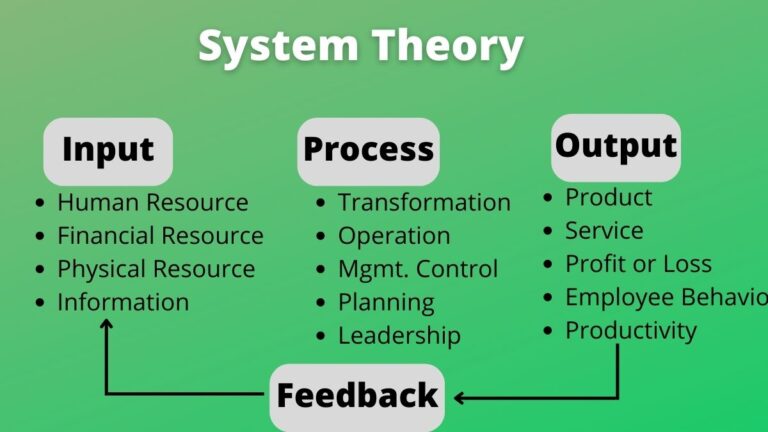What is Autocratic, Democratic, and Laissez-Faire Leadership? [Explained]
Autocratic, Democratic, and Laissez-Faire Leadership
Autocratic, Democratic, and Laissez-Faire leadership are three types of leadership styles based on authority to make decisions. Kurt Lewin, a German-American Psychologist, known as one of the modern pioneers of organizational psychology, introduced these three – autocratic, democratic, and laissez-faire leaders.
Let’s discuss individually these leadership styles, and differentiate between them.
What is Autocratic Leadership?
Autocratic, or authoritarian leadership is a style of leadership where the top leader enjoys full authority to make decisions. In this leadership, autocratic leaders rarely or no to little consider employees’ opinions while making decisions.
Autocratic leaders are characterized by making solely all the policies and decisions and commanding all the subordinates and activities. In it, subordinates need to follow the leader’s command without any questions.
In the autocratic leadership style, leaders make decisions typically with no input from followers. So, it is important to note that all dictators are autocratic leaders but not all autocratic leaders are dictators.
Characteristics of autocratic leadership:
- All decision-making authority is vested only in the top leader.
- Employees or followers are supposed to follow the leader’s command with full obedience.
- Leaders are highly competent in decision-making.
- Vertical or one-way communication is practiced in this leadership style.
Pros and cons of autocratic leadership:
- Pros:
- Facilitates a clearly defined work structure.
- Quick decisions can be made.
- Right for inexperienced employees.
- Suitable for small-sized business organizations.
- Cons:
- No option for employee career development.
- Less employee motivation and morale.
- Chance of high turnover.
What is Democratic Leadership?
In democratic leadership, also called participative leadership, leaders tend to make decisions with the consultation of employees. In it, employees are invited to a decision-making program and the decision is made by valuing or giving importance to employees’ ideas and opinions.
Since employees are valued and they are given importance, they are more motivated and satisfied with this leadership style. In addition, in democratic leadership, employees take the decision or plan as their own since their opinions are included in it, and are motivated to give their best.
Characteristics of democratic leadership:
- Subordinates are invited to the decision-making process.
- There is two-way communication.
- Positive motivation tools are used.
Pros and cons of democratic leadership:
- Pros:
- More accurate decisions can be made.
- Useful to solve complex problems.
- Facilitates innovation and creativity.
- Facilitates the option of succession planning.
- Cons:
- Potential of conflict.
- Decision-making can be time-consuming.
What is Laissez-Faire Leadership?
Laissez-Faire leadership is the delegative style of leadership in which the leaders delegate authority and responsibility to group members. Here, the group members are given full authority to make decisions on their own and have the freedom to choose whatever techniques and ways they choose to perform the task.
In laissez-faire leadership, leaders do not involve or interfere with subordinates in their decision-making process. They are free to make decisions as they see fit. However, the laissez-faire leader is ultimately accountable person for the performance of subordinates working under his leadership.
Characteristics of laissez-faire leadership:
- It is a hands-off approach to leadership.
- Employees are given full authority and freedom to make decisions on their own.
- Team members are self-motivated, guided, and directed.
Pros and cons of laissez-faire leadership:
- Pros:
- Higher job satisfaction.
- Option for career advancement.
- Relief to the top manager.
- Suitable leadership style for highly educated and experienced employees.
- Cons:
- Potential of conflict.
- The potential of indiscipline among subordinates.
- The potential of lack of integration between individual goals and organizational goals.
- Misuse of authority.
Difference Between Autocratic, Democratic, and Laissez-Faire Leadership
These three styles of leadership can also be differentiated in the following points.
Nature
In autocratic leadership, leaders retain all authority and responsibility. They assign people to clarify the defined tasks. And, primarily there is a downward flow of communication.
In democratic leadership, leaders delegate a great deal of authority while retaining ultimate responsibility. Work is divided and assigned on the basis of participatory decision-making. And, actively two-way flow of downward and upward communication is practiced.
In laissez-faire leadership, leaders grant full authority and responsibility to subordinates. And, subordinates are told to things work out themselves and do the best they can. Primarily horizontal communication between peers is practiced.
Primary Strength
The primary strength of autocratic leadership is that it stresses prompt, orderly, and predictable performance. Whereas, democratic leadership enhances personal commitment through participation. And, laissez-faire leadership, permits self-starters to do things as they want without leaders’ interference.
Primary Weakness
The primary weakness of autocratic leadership is that it tends to shift individuals’ initiative. Whereas, in democratic leadership, the participative process is time-consuming. And, in laissez-faire leadership, groups may drift aimlessly in the absence of direction from the leader.
Read Next: Styles of Leadership
Sajan Kushmi is a content writer with more than 4 years of experience. He holds BIM Degree. He write on the topics related to Management, Marketing, and Entrepreneurship.






